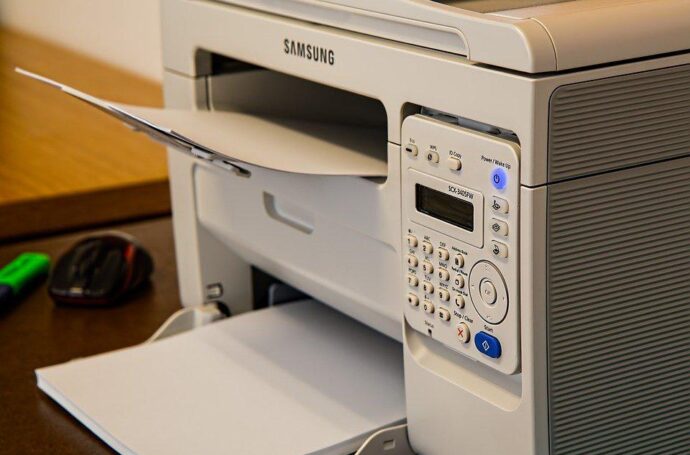
The words “merger” and “acquisition” are often used interchangeably. In fact, people speak of corporate mergers and acquisitions as if they are one and the same thing. In reality, however, they are two very different things. Yes, both financial constructions are about two companies coming together. But how they come together, however, are two very different stories altogether.
What Is a Merger?
Mergers are friendly constructions. It happens when there are businesses that are generally quite equal in financial performance and size, agree that they would be stronger together. This can be so that they increase their client base, but more often it is because one company makes something that the other one needs. For instance, if one company is a brewery, and the other company makes bottles, then both could make more and spend less at the same time. It can also be a case in which a company wants to have a wider geographical reach, which can be achieved in a far more affordable manner than through a unique expansion, particularly if there is already a lot of competition out there. Very simply put, a merger is about two companies joining forces to become a greater unity. Usually, they also take on a new company name that incorporates both the original names.
What Is an Acquisition?
So then what is an acquisition? Simply put, it is a takeover. One company, usually a larger one, completely swallows up the existing company, which then no longer exists. The company that made the acquisition gets to keep the name of the new company as well. There are many friendly acquisitions. For instance, companies like Oracle, Google, and Infor regularly make acquisitions and then allow the companies to retain their own name, but turn them into a department. But other times, acquisitions aren’t friendly at all. This is when they are known as a “hostile takeover”, whereby a large company buys out a smaller company that had no intention of selling up. They can do this, for example, by influencing board members, or even to buy a majority stock share in the company.
What Happens to Staff
The question of what happens to staff is always the big one. Whenever two companies join together, there is bound to be duplication. Only one CEO is needed, one CFO, one CIO, one Director of Human Resources, and a single admin pool, for instance. Unfortunately, redundancies are very common, in both mergers and acquisitions. However, in an acquisition, only the real top talent is likely to be kept on, and then as a new position, not to replace somebody in the existing company. As such, acquisitions are very often incredibly negative constructions for those involved, and those who do not lose their job are often highly resentful and do not like staying with the new company. At the same time, mergers often fail due to company culture clashes, and it is important that everybody is aware of this in order to resolve it.


